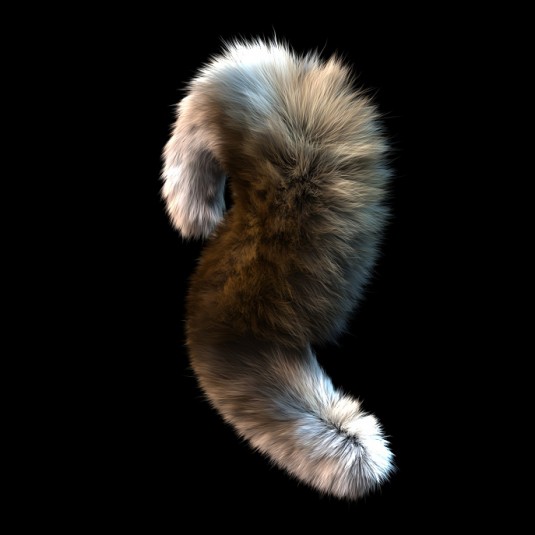Other new features include soft body bullet dynamics, integration with After Effects, and improvements for modeling fiber.
A new modular rigging system, improved bullet dynamics, and improved connections to other software highlight the newest update to LightWave, the 3D modeling, animation, and rendering software for artists and designers from the LightWave 3D division of NewTek.

LightWave 11.5 introduces the Genoma character rigging system, a new modular instant-rigging system used to quickly rig a simple biped or quadruped for animation in Modeler without the need for specialized rigging tools. It offers modular rig presets that consist of skeletal parts such as spines, wings, arms, legs, hands, and feet. Complete rigs for biped and quadrupeds can be customized using Genoma.
LightWave 11.5 adds soft body capabilities to its existing bullet dynamics capabilities. Effects including cloth, rubber, jelly, or other deforming properties are now available. Bullet meshes are now also reactive to bone deformations and wind forces can be added for rippling effects.
Other new features in LightWave 11.5:
After Effects and ZBrush Interchange Tools: A new LWtoAE button allows the user to select elements in a scene and see them in Adobe After Effects, including animation, lights and camera settings. The After Effects Camera can also be exported to LightWave to take advantage of the Camera Tracker in After Effects and to provide pixel-perfect matching between the two programs. GoZ technology for Pixologic’s ZBrush allows sending models to and from LightWave with automatic node flows for textures and normal maps. ZBrush styling tools can also be imported into LightWave and attached to objects for interactive creativity.

New Interactive Modeling Tools: New tools include UV Unwrap, Edit Edges, Place Mesh, Slice, Thicken, and Heat Shrink.
Fiber FX improvements: Respects soft bodies, offers improved Z-buffer support, and adds bundling around guide chains to create advanced fiber braiding and twisting effects. FiberFX now also supports curve poly types, the sketching of curves in Modeler, and rendering directly in FiberFX without using the Strand Maker conversion.

LightWave 11.5 also expands its suite of Virtual Studio Tools for virtual production and adds support in the Viewport Preview Renderer (VPR) for depth-of-field (DOF) motion blur, node-edge rendering, and stereoscopic 3D. It also provides new functionality for Flocking and Instancing and offers many new workflow enhancements throughout the software.





